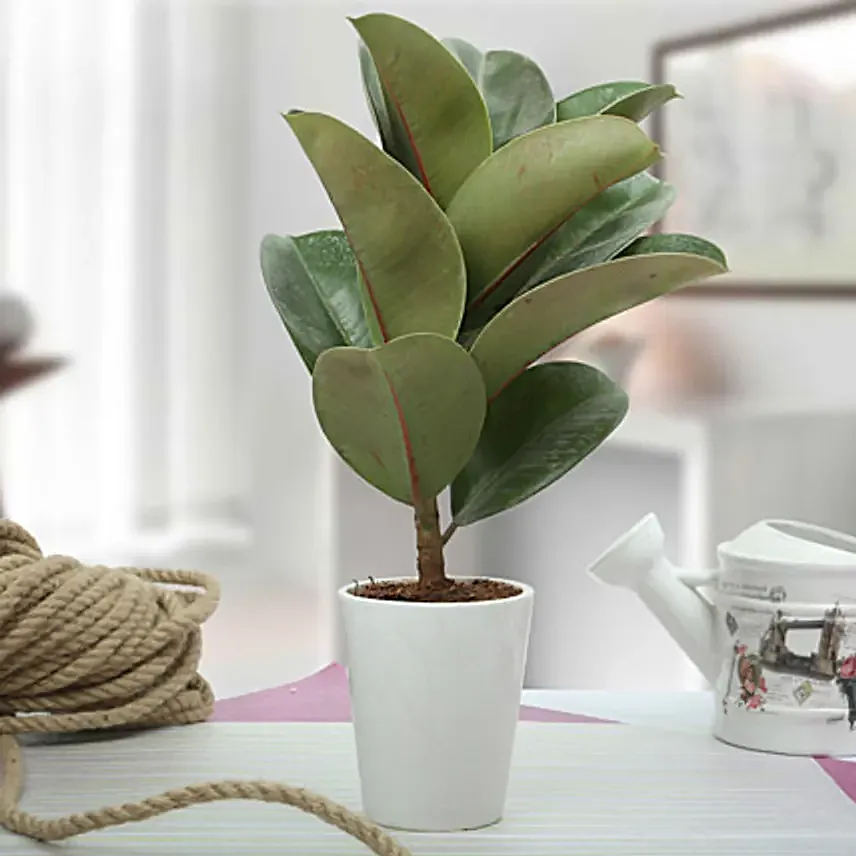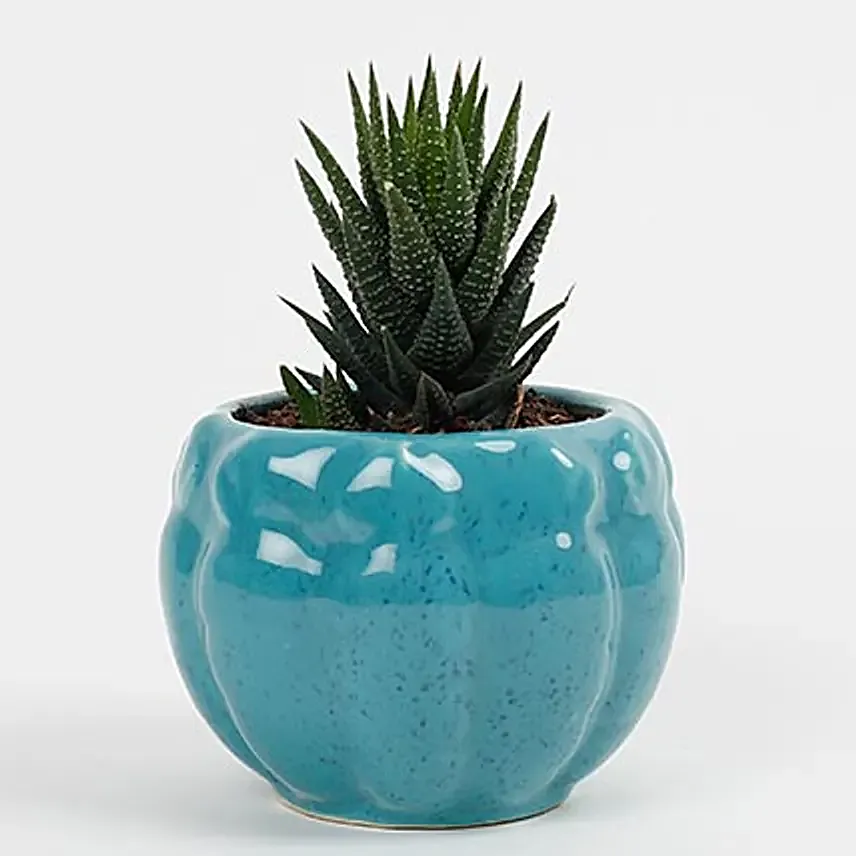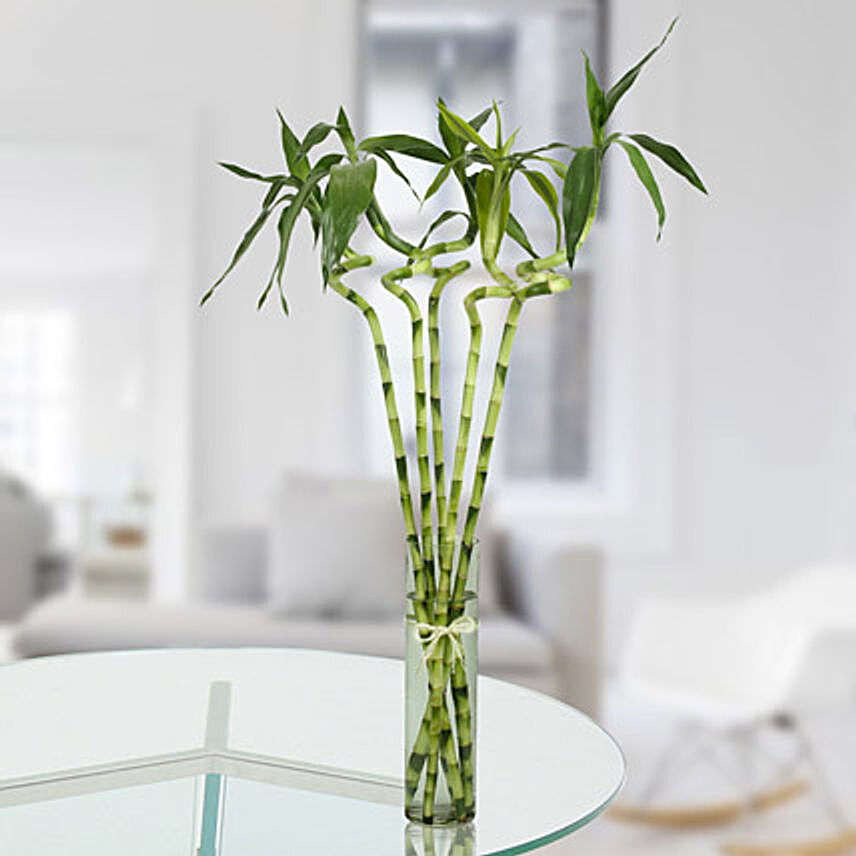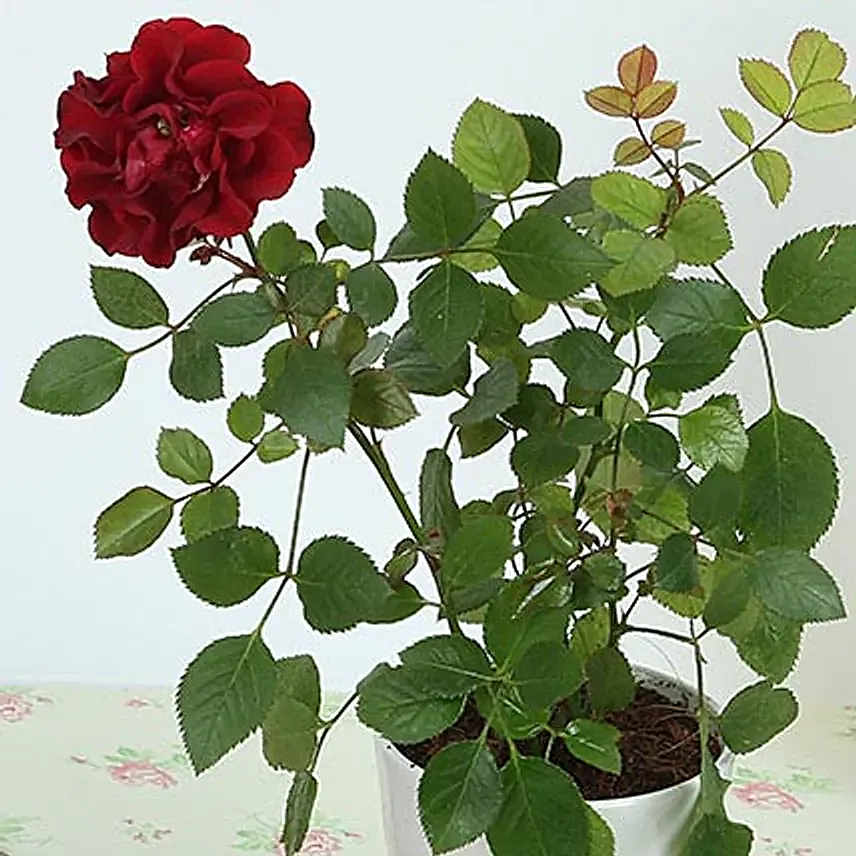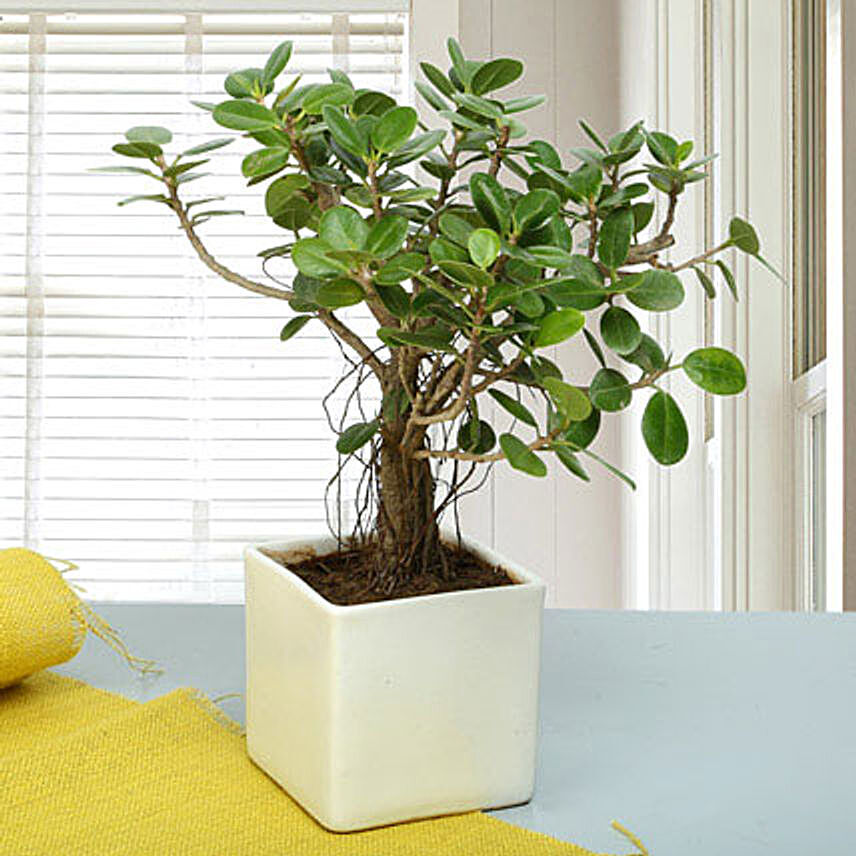Top 5 Succulent Plants Suitable For Indian Climate
The kingdom of plants is very diverse and succulents are the most unconventional ones. Why so? Because basically, sunlight and water are the two primary demands of plants but succulents seem to be not such great lovers of sunshine and water. But they do love to store water at once and then survive for a longer time. Thus, succulents are those plants that require very low maintenance.
Check this video to know about the best 5 succulent plants that are perfect for Indian climate:
Appearance of Succulents:
“Fleshy or swollen:” would be the one-word definition of the appearance of succulents. They have fleshy leaves, stems, and roots. This flesh is due to the water-storing tissues.
Physical Features of Succulents:
- Leaves are almost absent and in case they are there, then, the leaves are spherical or cylindrical.
- The roots are usually near the soil surface. The reason is that the roots should be able to grab moisture from the small showers or heavy rainfall both.
- Succulents generally have a hairy & waxy outer surface so that they are able to create a humid micro-habitat for the plant. Due to this waxy plant surface, the air movement near the plant is minimal and that helps in the reduction of water loss.
- The outer skin of succulents is almost impermeable.
Difference between Succulents & Cactus:
All cactuses are succulents but not all succulents are cacti. This phrase simply denotes the fact that there is a difference between cactus and succulents.
Succulents are those fleshy plants that can store water in their stems, roots, and leaves. This is a group of plants which has 60 different plant families in it like Aloe, Haworthia, or Sedum.
Cacti is one such sub-category in this huge group of plants called succulents because cacti are fleshy and can store water.
Cacti come in various shapes and sizes and most of them have no leaves and branches. The cactus plants have areoles which are absent in succulents. Areoles are small, round, and cushion-like mounds of flesh where spines, hair, leaves, or flowers grow.
Climate of India & Succulents:
The climate of India is Tropical Monsoon which means it is basically a warm climatic zone. Succulents can sustain the long stretch of a hot and humid climate of India. The average temperature that is conducive to the growth of succulent ranges between 7 & 29 degree Celsius. But succulents are known to survive even in 48-50 degrees Celsius too. Most of the year, India experiences sultry summer months and the winter season remain moderate. So, succulents find a happy home in India.
Additional Information about the Top 5 Succulents in India
Zebra Haworthia:
The presence of zebra-like stripes on the plant is the reason behind its unique name and also makes it easily recognizable in the plant world.
| Origin: " | Eastern Cape Province, South Africa. |
|---|---|
| Scientific Name | Haworthiopsis attenuata |
| Where To Keep It | On your desk or shelf |
| Water Requirement | "Summer: Water evenly and generously during the summer & allow the soil to dry out completely between watering. Winter: Watered infrequently like once in every 15 days. " |
| Sunlight | Minimal. Too much of sunlight would lead the leaves turn white or yellow. |
| Soil | Should have good drainage so consider porous sandy soil. |
| Easy Care Guide | Avoid direct and excessive sunlight and frequent watering. Water it only when the soil is dry. |
Adenium Desert Rose:
The prime feature of this plant is the swollen trunk. A nice swollen trunk of Adenium Desert Rose plant signifies a good health and if the trunk is skinny, then that indicates requirement of moisture.
| Origin: | Sahel, south of the Sahara (from Mauritania and Senegal to Sudan), tropical, and subtropical East and South Africa and Arabia. |
|---|---|
| Scientific Name | Sahel, south of the Sahara (from Mauritania and Senegal to Sudan), tropical, and subtropical East and South Africa and Arabia. |
| Where To Keep It | Outdoor garden, near window, balcony, or terrace. |
| Water Requirement | This plant grow during rainy period followed by a dry & dormant period. So, water it moderately in summer & spring and reduce that in winter. |
| Sunlight | They like bright light but scorching sun rays would kill it. So, choose a southern window where there is exposure of enough sun for the plants to flourish and bloom. In the garden, choose a sunny location that has some protection from afternoon sun, as this can scorch the foliage. |
| Soil | You have to keep the soil moderately moist in spring and summer & reduce watering in fall and winter when the plant is dormant. Don’t forget to fertilize the plant with a dilution by half of a 20-20-20 liquid plant food once per month when the plant is actively growing. Do not feed the desert rose during winter. |
| Easy Care Guide | Avoid direct and excessive sunlight and frequent watering. Water it only when the soil is dry. |
Love Plant:
The name is Love Plant because of the unique heart-shaped leaves. They produce small balls of nectar whose color may be red or brown and they smell faintly.
| Origin: | South East Asia- South China, Vietnam, Laos, Cambodia, Thailand and the Indonesian island of Java. |
|---|---|
| Scientific Name | Hoya kerrii |
| Where To Keep It | Indoor. On your study table or drawing room coffee table. |
| Water Requirement | Only 2 watering sessions per month is enough for the growth of Love plant. Too saturated soil can lead to rotting. |
| Sunlight | Moderate light is required. Indirect sunlight would be best as this plant cannot sustain complete shade. 15 to 26 degree Celsius is perfect for its growth. |
| Soil | A mix of potting soil, heath soil, and peat |
| Easy Care Guide | There should not be excessive watering. Lukewarm rain water can be used in the morning to allow the pot to dry during the day. Never wet the core of the plant. Use liquid fertilizer rich in potassium between March and September. |
Moon Cactus:
This is a small grafted cactus. The top cactus of the moon cactus has a mutation that causes it to lack the chlorophyll that makes the cactus green. They are mostly available in pink, red, yellow, and orange colors and grow only up to ½ inch in height.
| Origin: | South America |
|---|---|
| Scientific Name | Gymnocalycium mihanovichii |
| Where To Keep It | |
| Water Requirement | Thorough watering is required. But water only when the soil has dried out completely. |
| Sunlight | Bright but indirect sunlight is best. |
| Soil | Cactus soil that has superior drainage and will dry out quickly after watering. |
| Easy Care Guide | Never overwater this plant and don’t forget to put cactus fertilizer every month during its growing season i.e., April to September. |
Jade Plant:
This is a plant with cute, small, thick, oval-shaped, and fleshy leaves with woody stems. As per Feng Shui, this plant attracts financial gain.
| Origin: | South Africa & Mozambique |
|---|---|
| Scientific Name | South Africa & Mozambique |
| Where To Keep It | Kitchens & offices with a south-facing window are typically great spots with just enough light. |
| Water Requirement | Water the soil during spring and summer when it is growing but allow a dry spell between watering sessions. |
| Sunlight | 4 hours of direct sunlight is enough |
| Soil | Sandy porous soil is best. 2:1 ratio of potting mix to perlite is ideal. |
| Easy Care Guide | Jade is sensitive to salt in tap water so always use distilled or filtered water and never water the leaves as that may lead to rot the plant. Remove the jade plant from cold windowpanes into drafty areas during winter season. |
